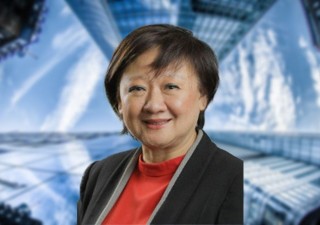Lack of Novelty in Patent Infringement Proceeding
24 September 2014

The Malaysian Court of Appeal overturned the High Court's decision made in 2011 for SKB Shutters Manufacturing v. Seng Kong Shutter Industries & Anor. The appeal court clarified the legal principles on the issue of lack of novelty in patent infringement proceedings.
The patent concerned was for a variant of panels suitable for use in rolling doors. "At first instance, the defendant/appellant argued that the patent was invalid as it had been anticipated by prior art," says Chew Kherk Ying, a partner at Wong & Partners in Kuala Lumpur. "The High Court judge held that the patent had not been anticipated by prior art and was valid."
The High Court judge applied the 'enabling disclosure' test set out in General Tire & Rubber Co v. Firestone Tyre Rubber Co which states that if the prior art contains a clear description to do something which would infringe the patentee's claim, the claim will have been shown to lack novelty. "As the prior art did not contain clear and unmistakeable directions to do what the inventor claims to have invented in the plaintiff/respondent's patent, the judge held that it had not been anticipated by prior art," says Adeline Lew, an associate at Wong & Partners. "However, in arriving at this conclusion, the judge compared the prior art with the patented product instead of the patent's claims."
While accepting the test set out in General Tire, the Court of Appeal found that the features of the prior art were found in the patent claim and as such, the patent was held to be invalid.
On the question of obviousness, both courts applied the test set out in Windsurfing International v. Tabur Marine (Great Britain) in 1985 but with different outcomes. "The High Court judge discredited the evidence of the defendant/appellant's expert witness and found that he possessed more imagination than the 'skilled but unimaginative addressee,'" Chew says. "The Court of Appeal observed that both experts were more imaginative than the 'unimaginative skilled addressee' as both were inventors. Giving equal weight to both experts, it ruled that the patent was obvious at the priority date as the methods involved were common general knowledge."
This decision adds to a growing body of patent case law in Malaysia and affirms the direction for determining lack of novelty and the question of inventiveness in patent infringement proceedings, says Lew.






